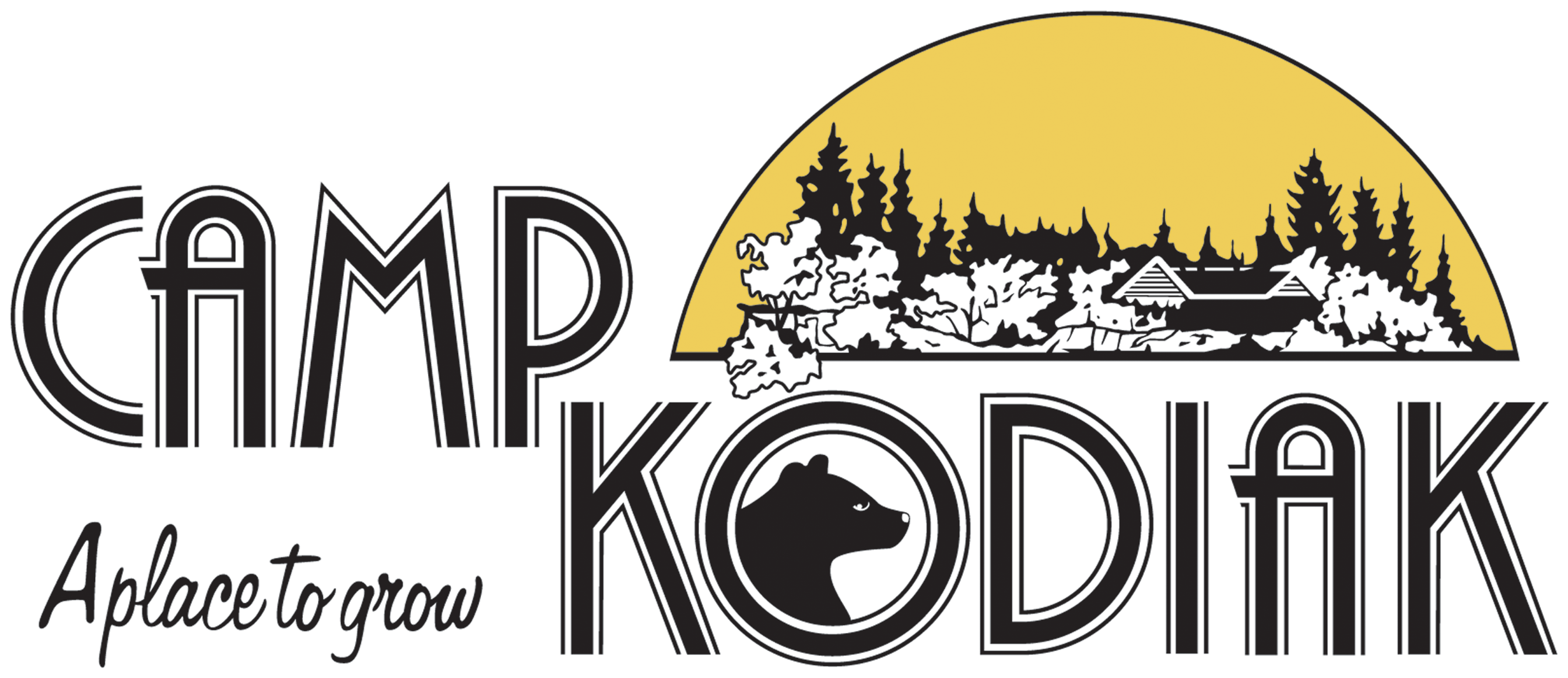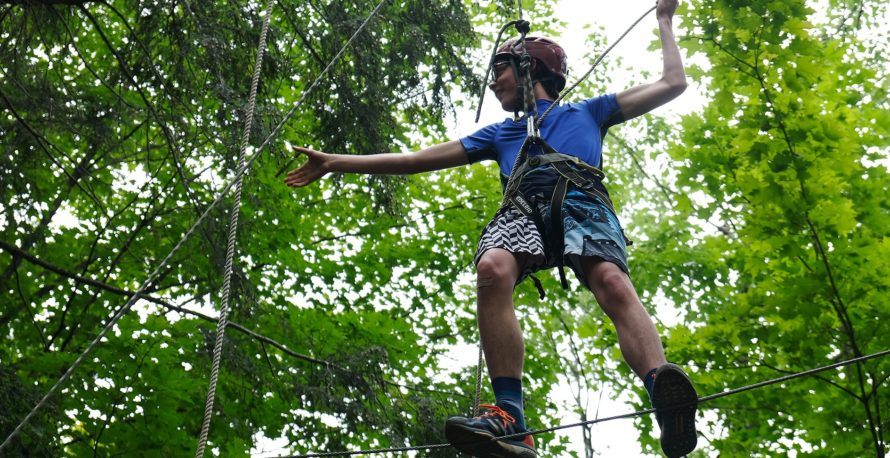Why summer camp is one of the best choices that parents can make for their child. (Part 2)
A few years ago, with funding from the Ontario Camps Association (OCA), researchers at the University of Waterloo set out to examine the outcomes of the Canadian summer camp experience and answer the question, “What are the benefits of a child attending summer camp?”. As a long-time camp counsellor and camp administrator, I was not surprised to read that summer camp presents a unique opportunity for exponential growth in children. In this study, titled The Canadian Summer Camp Research Project, summer camp was found to promote positive change in five key areas of development:
- Social Integration and Citizenship
- Environmental Awareness
- Attitudes Towards Physical Activity
- Emotional Intelligence
- Self-Confidence and Personal Development
At Camp Kodiak we see each of these areas in action every day of the summer. Indeed, one of our slogans is that camp is “a place to grow”. Ultimately, when unpacking the growth in each of these key areas, we can see that summer camp is one of the best choices that parents can make for their child.
Over the next 5 blog posts I will explore each of these five keys areas and why choosing Camp Kodiak can be your child’s place to grow.
- Environmental Awareness
Familiarity with, and appreciation of, nature promotes environmentally friendly habits and values
Camping and nature are two concepts that clearly go hand-in-hand. So what are the benefits of this relationship? The Canadian Summer Camp Research Project found that “time spent out of doors in direct contact with nature was also cited as a source for changing how campers view their relationship with the environment; the directors explained that familiarity with, and appreciation of, nature promotes environmentally friendly habits and values” (Glover, 2011). Recent studies have shown that parents reference spending time outside as something that is beneficial to development, and yet despite this, children are spending far less time outside than in previous generations. Other commitments are often barriers to spending time outside – academics, team sports, social events. So what if there was a way for a child to engage in all of those activities, while also spending time outside, in nature?
Camp Kodiak is on a 425-acre site just outside of Parry Sound, Ontario. This area is known as Ontario’s “Cottage Country” because of the abundance of lakes, trees and nature. We spend most of our days at camp outside. Our academic period is run at picnic tables under the shade of the trees. We swim, paddle, ski and wakeboard in Lake Moffat. We play soccer, baseball and frisbee while running through the fields. All of these commitments that families seek, and all of them taking place in nature.
The solution seems clear – less screen, more green!
A generation of children addicted to screen time sleeps less and lives a more sedentary lifestyle (Gerster, 2018). The solution seems clear – less screen, more green! Giving a child a healthy appreciation of nature will improve their quality of life, but it will also instill an understanding in future generations that turning off an electronic is not a punishment. It is important for a child to have organized social, athletic or artistic activities. But spending time outside can increase creativity, spontaneity and a wider understanding of the world around us. Engaging with the environment in a summer camp setting allows for the best of both worlds.
Read the other sections of this blog series:
Part One – Social Integration and Citizenship
Part Two – Environmental Awareness
Part Three – Attitudes Towards Physical Activity

